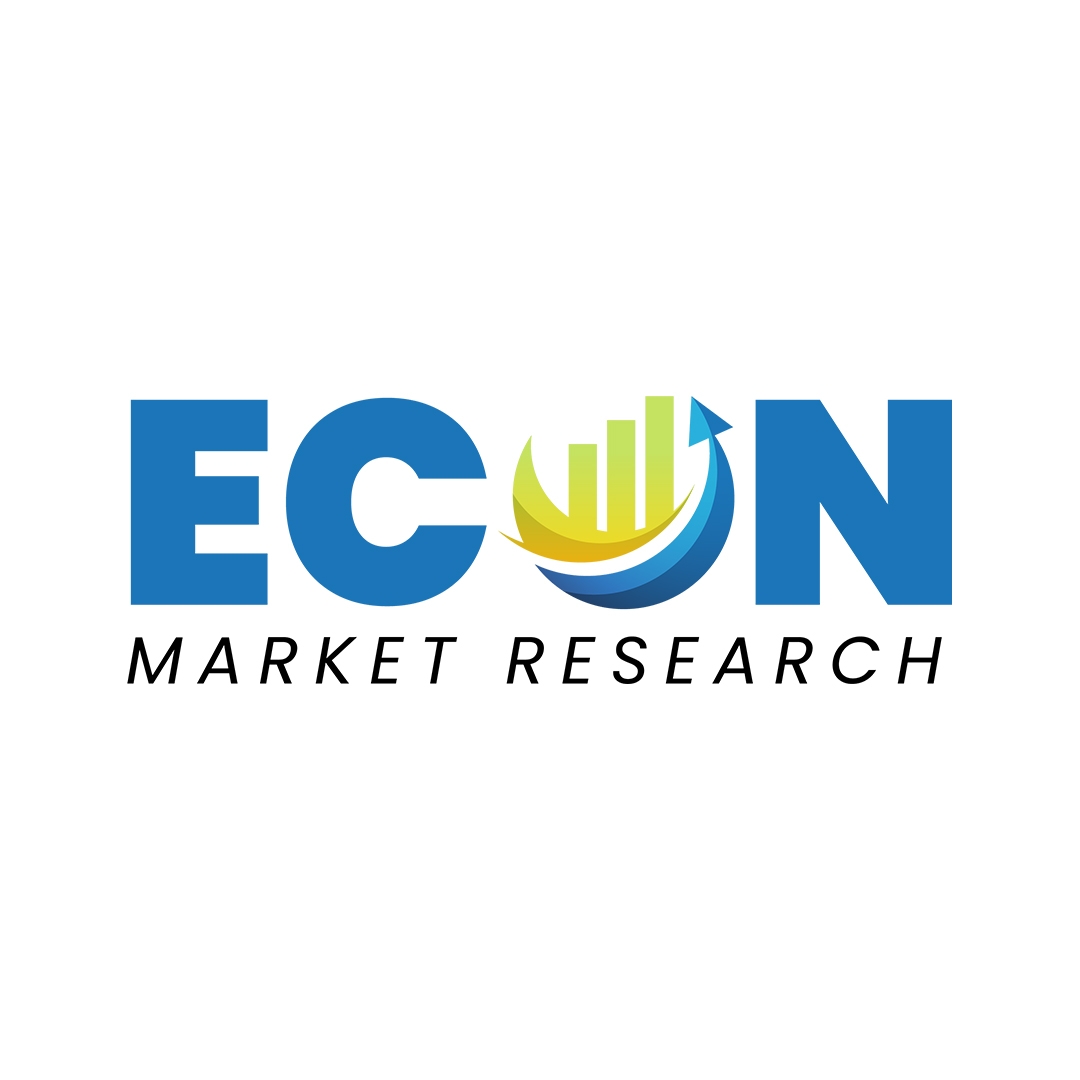Next-Gen Embedded Non-Volatile Memories: Advancements and Market Dynamics

The embedded non-volatile memory (eNVM) market is undergoing a transformative period, fueled by advancements in semiconductor technology and the increasing demands of modern electronic applications. From smart devices to automotive systems, eNVM plays a pivotal role in enabling reliable and efficient data storage directly integrated into system-on-chip (SoC) designs. This blog explores the key trends, challenges, and opportunities shaping the eNVM market.
What is Embedded Non-Volatile Memory?
Non-volatile memory (NVM) retains data even when power is turned off, making it indispensable for applications requiring persistent storage. Embedded NVM (eNVM) integrates this capability directly into a semiconductor chip, reducing power consumption, enhancing performance, and minimizing system complexity compared to external NVM solutions.
Popular eNVM technologies include:
- Flash memory: Widely used in microcontrollers (MCUs) and IoT devices.
- EEPROM (Electrically Erasable Programmable Read-Only Memory): Suited for small-scale, high-reliability data storage.
- FRAM (Ferroelectric RAM): Known for high endurance and low power.
- MRAM (Magnetoresistive RAM): Offering speed and durability for emerging applications.
Key Drivers of the eNVM Market
- Growth of IoT and Edge Computing: IoT devices demand compact, power-efficient solutions capable of securely storing critical data locally. eNVM’s integration into SoCs meets these requirements by providing fast and reliable storage without the need for external memory components.
- Automotive and Industrial Applications: Automotive systems, such as Advanced Driver Assistance Systems (ADAS) and infotainment platforms, require robust memory solutions to handle real-time data processing and storage. eNVM’s reliability and ability to withstand harsh conditions make it a preferred choice for these sectors.
- Security and Data Integrity: With increasing concerns over cybersecurity, eNVM technologies offer secure storage for sensitive information, including cryptographic keys and firmware. Hardware-level encryption and tamper resistance further enhance security.
- Energy Efficiency: As power efficiency becomes a priority, especially for wearable and portable electronics, eNVM’s low-power operation provides a competitive edge over standalone NVM solutions.
Request a sample@ https://www.econmarketresearch.com/request-sample/EMR00963/
Challenges in the eNVM Market
While the eNVM market presents significant opportunities, it is not without its challenges:
- Scaling Limitations: As semiconductor technology progresses towards smaller nodes, integrating eNVM becomes increasingly complex. For example, traditional flash memory faces scalability challenges beyond 28nm, driving the need for alternative solutions such as MRAM and ReRAM.
- Cost Concerns: The integration of advanced eNVM technologies can increase production costs, making it less attractive for cost-sensitive applications.
- Technology Competition: Emerging memory technologies like MRAM and ReRAM must compete with well-established flash and EEPROM solutions, which have a proven track record of reliability and cost-effectiveness.
Future Outlook and Opportunities
- Shift to Emerging Technologies: As scaling limitations challenge traditional eNVM, emerging technologies like MRAM and ReRAM are gaining traction. These technologies offer higher speed, better endurance, and compatibility with advanced process nodes, making them ideal for next-generation applications.
- AI and Machine Learning: AI-driven devices require faster, more efficient memory solutions for processing large datasets. eNVM’s high-speed, low-latency characteristics align well with these needs.
- Customization in SoC Design: The growing demand for custom SoCs tailored to specific applications opens opportunities for eNVM solutions optimized for niche requirements, such as ultra-low power consumption or extended temperature ranges.
- Government and Industry Collaborations: Investments in semiconductor R&D and strategic partnerships among industry players are accelerating innovation in eNVM technologies. Government initiatives to boost local semiconductor manufacturing also provide a favorable environment for market growth.
Conclusion
The embedded non-volatile memory market is a cornerstone of modern electronic design, enabling smarter, more efficient, and secure devices across industries. While challenges persist, the ongoing evolution of eNVM technologies promises to unlock new possibilities, from advanced IoT systems to cutting-edge AI applications. Companies investing in innovation and addressing integration challenges will be well-positioned to lead in this dynamic market.
Email: sales@econmarketresearch.com
- Questions and Answers
- Opinion
- Motivational and Inspiring Story
- Technology
- Live and Let live
- Focus
- Geopolitics
- Military-Arms/Equipment
- الحماية
- Economy
- Beasts of Nations
- Machine Tools-The “Mother Industry”
- Art
- Causes
- Crafts
- Dance
- Drinks
- Film/Movie
- Fitness
- Food
- الألعاب
- Gardening
- Health
- الرئيسية
- Literature
- Music
- Networking
- أخرى
- Party
- Religion
- Shopping
- Sports
- Theater
- Health and Wellness
- News
- Culture

